NATO heads of state and government will meet at their upcoming summit on June 24-25 in The Hague, at a time when they face complex external challenges to their security and hold seemingly irreconcilable views on how to respond to and deter critical threats. Due to a lack of consensus on central issues and the fear that U.S. President Donald Trump could blow up a normal-length meeting, the summit agenda and published declaration are being kept extremely short. Setting a new target for allied defense spending will be the primary discussion item. If proceedings conclude without public disputes between allied leaders, and countries adopt the new defense spending goals, the summit in The Hague may present an opportunity for the alliance to demonstrate a credible commitment to collective security in an era of shifting balances of power and geopolitical uncertainty. Nevertheless, Trump’s ambivalence toward NATO and America’s allies will loom over the aftermath of even an uneventful summit.
Key issues at recent summits
Since Russia’s full-scale invasion of Ukraine in February 2022, it has been relatively easy for NATO leaders to agree to condemn Russia and support Ukraine—even if the latter was unable to get a concrete invitation to join the alliance. NATO has also in recent years taken an increasingly strong stance against the threat China poses. Since the 2022 NATO summit, the leaders of the so-called Indo-Pacific Four (IP-4)—Australia, Japan, New Zealand, and South Korea—have joined each year, reflecting the growing overlapping interests and interconnection between the Euro-Atlantic and Indo-Pacific regions.
The 2024 Washington Summit Declaration emphasized the need to deter Russian aggression; articulated programs to support Ukraine, including through the NATO-Ukraine Council established at the 2023 Vilnius Summit; recognized the growing military-technological cooperation among Russia, Iran, and North Korea, while calling China a “decisive enabler” of Russia’s war in Ukraine; and set out to further strengthen ties between NATO and the IP-4. It’s difficult to see the alliance reaching consensus today on any of those issues given the increasingly divergent outlook between the United States and its NATO allies. The development of a “strategic approach to Russia,” as agreed at last year’s summit, has reportedly been paused due to U.S. efforts to engage the Kremlin in negotiations.
Recent summit communiques have reiterated the goal of spending 2% of GDP, as agreed at the 2014 gathering in Wales (in the wake of Russian President Vladimir Putin’s first invasion of Ukraine). A decade later, two-thirds of the NATO countries have achieved this goal. Trump has made clear, however, that 2% is insufficient and proposed a new target of spending 5% of GDP on defense. Europeans seem to be coalescing around the position that reaching 5% is feasible over the next decade, if split up between 3.5% core defense spending and 1.5% infrastructure spending, but many of them will struggle to meet that target.
The current geopolitical backdrop
Europe faces momentous threats emanating from both east and west. Looking to the eastern flank, Russia continues to wage its brutal war of aggression in Ukraine and is escalating its hybrid activity on NATO territory, including arson attacks, sabotage operations, and (attempted) targeted assassinations. Leaders of the intelligence communities in major allied states have started to publicly warn about the destabilizing effects of asymmetric Russian activity and express concern about the possibility of a “direct military confrontation” with the alliance and “large-scale war” in Europe by the end of this decade.
At the same time, Trump and members of his administration have repeatedly questioned NATO’s value and accused allies of free-riding. During the 2024 presidential campaign, Trump invited Russia to “do whatever the hell they want” to countries not meeting the 2% of GDP defense spending target. Upon his return to the presidency, he maintained in an Oval Office meeting with NATO Secretary General Mark Rutte that the United States would not aid underspending allies in the case of an attack. The public questioning and conditioning of America’s security commitment inherently undermine the alliance’s foundational principles of collective defense and credible deterrence.
Despite Trump’s messaging, U.S. officials continue to affirm the American commitment to defending European NATO allies, as U.S. Permanent Representative to NATO Matthew Whitaker did at a security conference in Estonia in May. U.S. Air Force Lt. Gen. Alexus G. Grynkewich’s nomination as NATO’s new supreme allied commander Europe, or SACEUR, which oversees all NATO military operations, further signals that America’s extended nuclear deterrence still holds. At the same time, a new concept of a “dormant NATO” has arisen on the American right, which foresees a minimal American presence in Europe and a shift of U.S. equipment and personnel to the Indo-Pacific. Advocates of this idea view China as the greatest strategic threat to U.S. national security and contend that Europeans should assume primary responsibility for deterring Russia. Whitaker, among others, has indicated that a reassessment of the U.S. force posture in Europe and troop reductions are likely forthcoming after the summit.
Europeans have understood that they must shoulder primary responsibility for their own security and defense in the future. This recognition will only strengthen NATO and should have occurred long ago. As Europe develops and improves the necessary capabilities to do so, however, it will continue to rely on the United States—certainly in the short term, and very likely in the medium term too—for leadership in the alliance and the provision of critical strategic enablers. Above all, Europe will hope for an orderly transition process of shifting the burden rather than a sudden, uncoordinated U.S. retreat. As Europe rebuilds its defense industry, however, the extent of U.S. access to investment opportunities and joint procurement projects has emerged as a point of contention.
Beyond statements that undermine confidence in the U.S. extended deterrent in Europe, the Trump administration has threatened the sovereignty of two of its own allies—Canada and Denmark, both founding members of NATO. Combined with coercive economic pressure in the form of tariffs, Trump’s insistence that Canada one day become the 51st U.S. state and his unwillingness to reject military force as an option to acquire control of Greenland (an autonomous territory under the Kingdom of Denmark) raise unprecedented questions for allies. Meanwhile, the administration continues to attack centrist European governments for actions taken against right-wing extremists. A recent State Department post on Substack declared, “Far from strengthening democratic principles, Europe has devolved into a hotbed of digital censorship, mass migration, restrictions on religious freedom, and numerous other assaults on democratic self-governance.”
Transatlanticists may hope the upcoming summit in The Hague can steady the Euro-Atlantic community in a geopolitical storm. But they should remain prepared for the possibility that Trump will continue to question NATO’s utility to America over the course of his presidency, raising concerns about the alliance’s future as he did in his first term. Another risk is the emergence of a different kind of transatlanticism; once a term used as shorthand for shared liberal values, transatlanticism now includes revisionists with overlapping agendas on both sides of the Atlantic who are establishing ever closer ties that could upend the European project and multilateral institutions—chief among them the European Union and NATO.
What to watch in The Hague
With a very short meeting planned, no news out of The Hague will mean good news for NATO, though attention will focus on the following issues:
Donald Trump. The spotlight on June 24-25 will be on the U.S. president. He is expected to travel to The Hague for the summit, though he may decide to depart early, as he did in the recent Group of Seven (G7) leaders meeting in Canada. In the run-up to the meetings, U.S. officials will maintain that America’s commitment to protect and defend its NATO allies is solid. Yet Trump could say something to undermine that sentiment among allies—as he has done several times, including at previous NATO summits during his first term. The Danes and Canadians will hope that he doesn’t raise his territorial ambitions toward them while he is in Europe.
New defense spending targets. Expect leaders to agree to the proposed defense investment plan, through which allies commit to increase defense spending to 5% of GDP over the next 10 years. Rutte and leaders of several European NATO countries have proposed a two-tiered plan in support of this effort consisting of 3.5% “hard military” spending and 1.5% spending on “defense-related” projects, including infrastructure and cyber which could help address emerging hybrid threats.
Ukraine. Ukraine has received tremendous support from the United States and NATO since Russia’s full-scale invasion. Yet the recent summit communique from the meeting of G7 finance ministers and central bank governors softened its rhetoric on Russia’s war, condemning that country’s aggression but dropping the language the G7 used in 2024 regarding the Kremlin’s “illegal, unjustifiable, and unprovoked full-scale invasion of Ukraine.” Ukraine and its supporters will hope this year’s NATO summit declaration will continue to condemn Russian aggression, though it is unlikely to offer full-throated commitment to Ukraine’s defense given the current U.S. ambivalence toward providing support. At the previous three NATO summits, Ukrainian President Volodymyr Zelenskyy was invited to join the main discussions; he is going to have a much smaller role this time due to allied fears of alienating Trump.
NATO allies are hoping to get through the summit without any discord. Even so, Trump’s on-again, off-again tariff threats loom in the background, as do the litany of disparaging comments from the administration about European efforts to uphold democracy in the face of extremist threats. NATO will struggle to hold together during Trump’s second term—the June summit will be a good opportunity to learn how difficult this might prove to be.
The Brookings Institution is committed to quality, independence, and impact.
We are supported by a diverse array of funders. In line with our values and policies, each Brookings publication represents the sole views of its author(s).
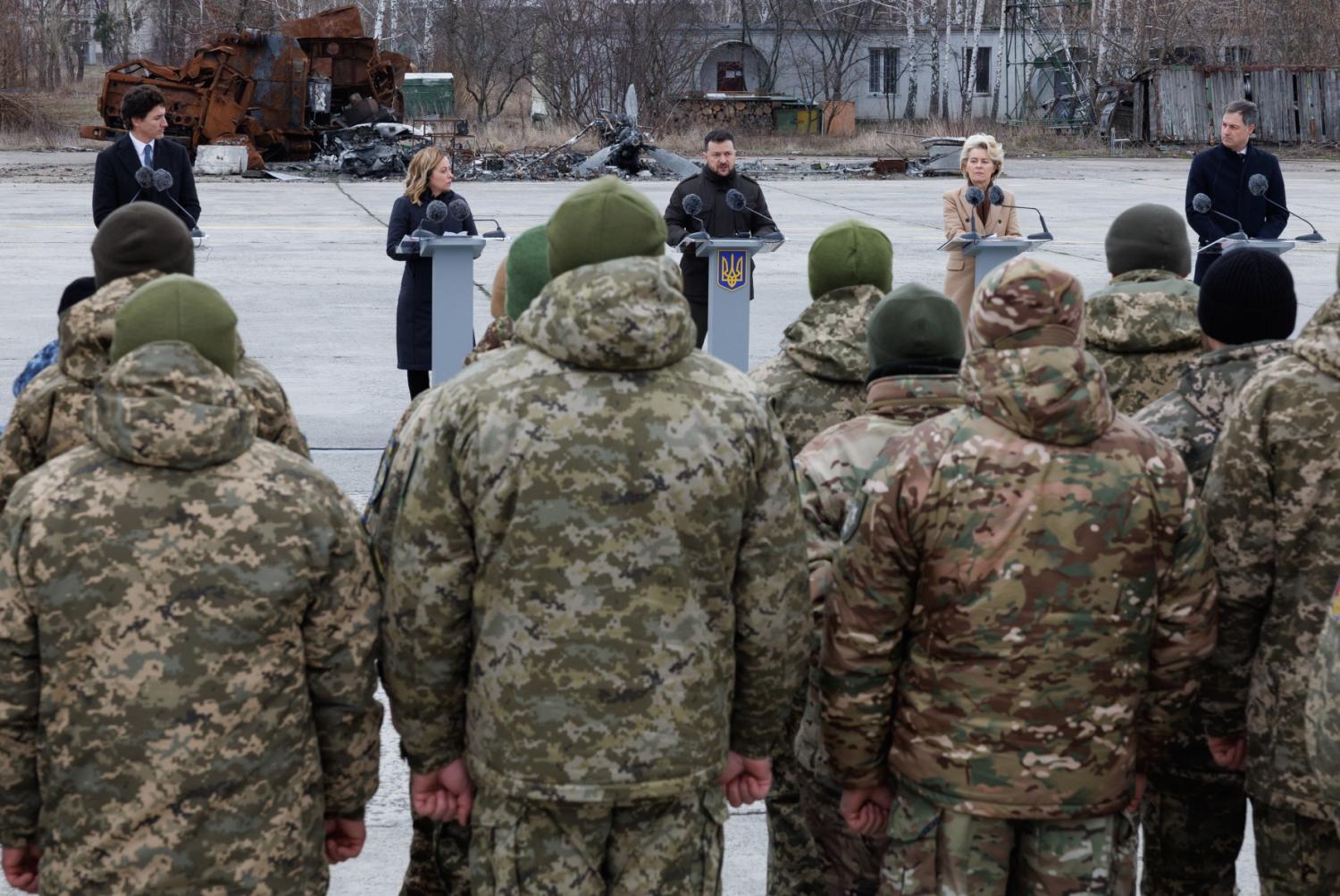
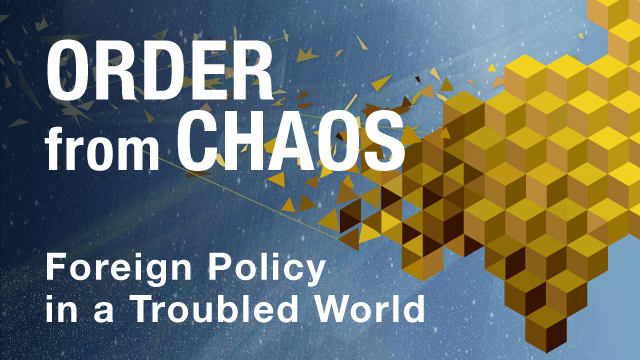
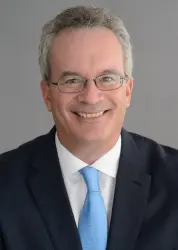

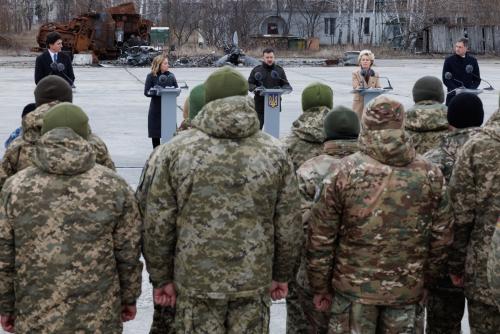
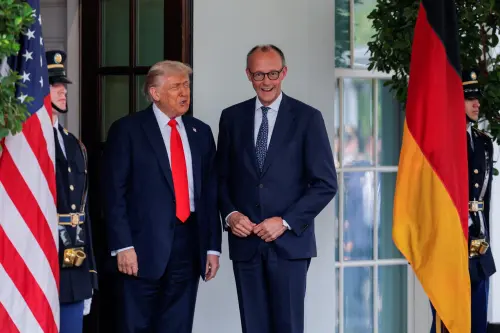
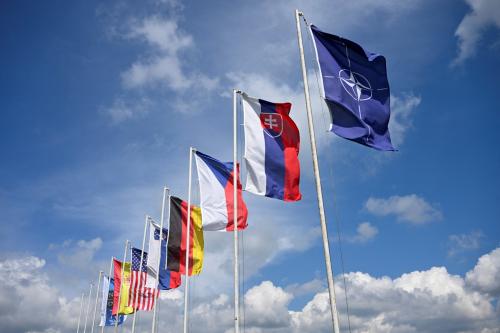
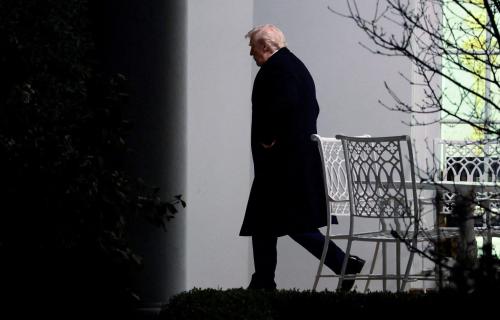
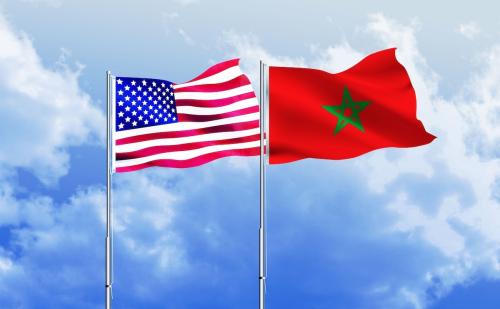
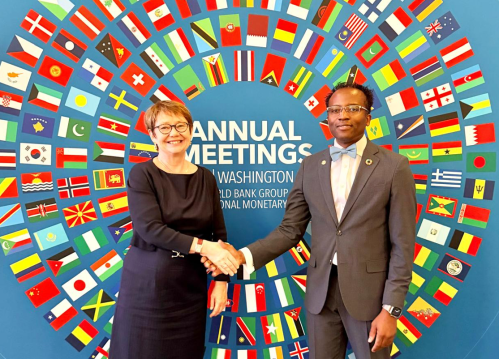
Commentary
What to expect at the NATO summit in The Hague
NATO will struggle to hold together during Trump’s second term—the June summit will be a good opportunity to learn how difficult this might prove to be.
June 18, 2025